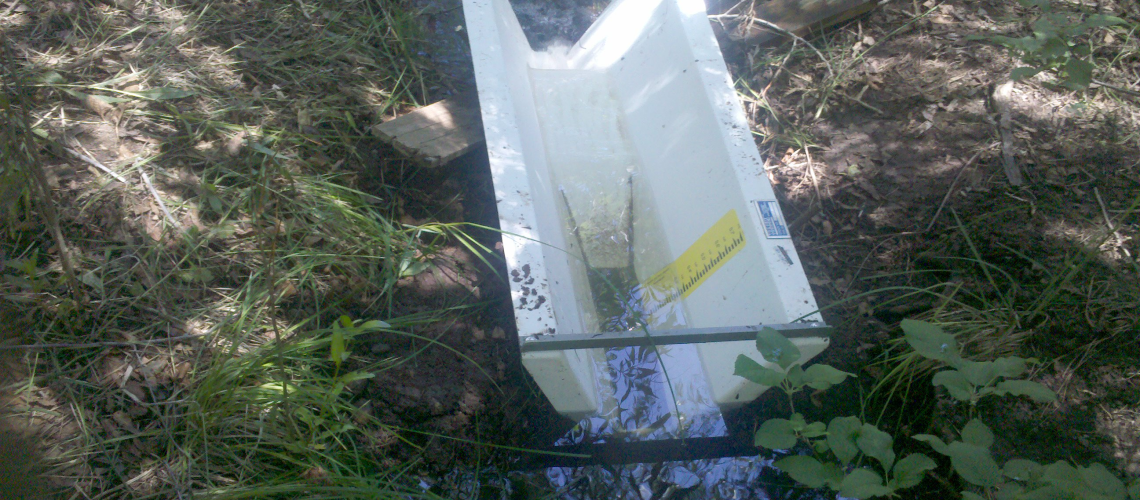Flumes are great for measuring flow rate, but there are some potential problems you may encounter throughout the process. One of the most impactful is the buildup of solids in the flume. Fortunately, there are actions you can take to limit the amount of solids that accumulate in the flume. Learn how to minimize sediment deposits with these simple strategies.
Use a Flat Throat Section
While Palmer-Bowlus flumes and RBC flumes are great for certain situations, their raised throat sections will cause problems if you’re dealing with wastewater flow that has a lot of sediment. The sediment will typically drop out of the flow before reaching the throat ramp, and the velocity of the flow may not be enough to push them past that threshold. When that happens, sediments will build up there instead.
These sediment deposits build up faster than you might think. It’s not something you can work around by simply cleaning out the upstream throat section regularly, unless you plan on getting in there every single day. That’s just not practical, however, so you’ll want to avoid any raised throat sections in your flume. With sediment buildup, you won’t be able to take accurate measurements because the flow equations will be off.
Account for Fine Sediments
When you’re dealing with a buildup of solids from fine materials, there are certain flume conditions that can lessen the impact. For the most part, fine sediments are only really a problem when the flume has a long and wide approach. This is because those sediments will build up along sidewalls at a greater rate than on the floor. This effectively changes the dimensions of the flow approach, creating a channelization effect as water tries to find its way through.
Account for Large Debris
Large debris can be present in your wastewater flow as well, and this requires a different set of considerations to ensure proper flow measurement. For the most part, you should ensure that the large debris doesn’t get caught in the throat of the flume. When debris does get stuck, the entire flume can clog, and the wastewater will likely start flowing over it. An overtop may lead to the clog being cleaned out, but often the debris stays stuck, rendering all flow measurement efforts completely useless.
To avoid this kind of large debris clogging, you’ll need to make sure that the throat is larger than any of the debris you expect to pass through the channel. That’s just the beginning, however, as flumes with outward-sloping walls will prevent large debris from catching. The clogs tend to only happen in flumes with vertical sidewalls, like a Parshall or rectangular cutthroat, so consider using a trapezoidal flume instead.
Flumes From Tracom
Now that you know how to minimize sediment deposits, it’s time to get a flume that fits your flow channel conditions. At Tracom, we offer all the customization options you need to get proper flow measurements without having to worry about sediment buildup. Our team will work with you to create a unique design that’s specially made for your flow conditions. Contact us today to get started!


